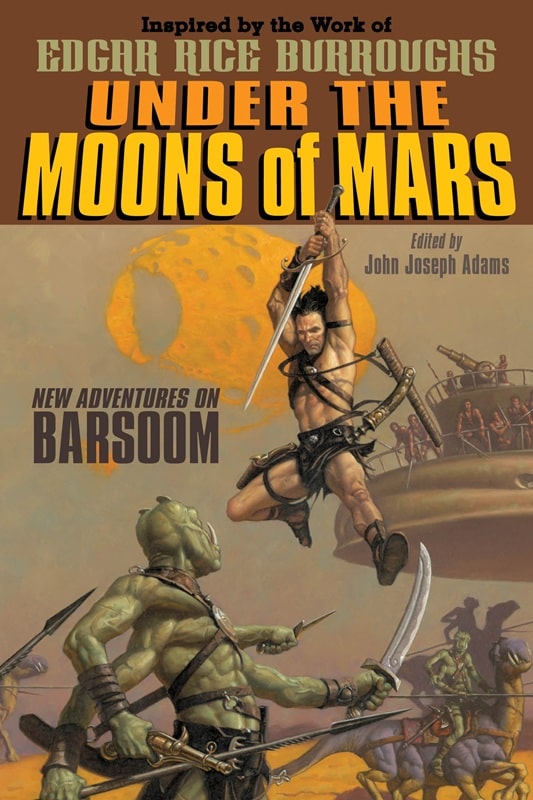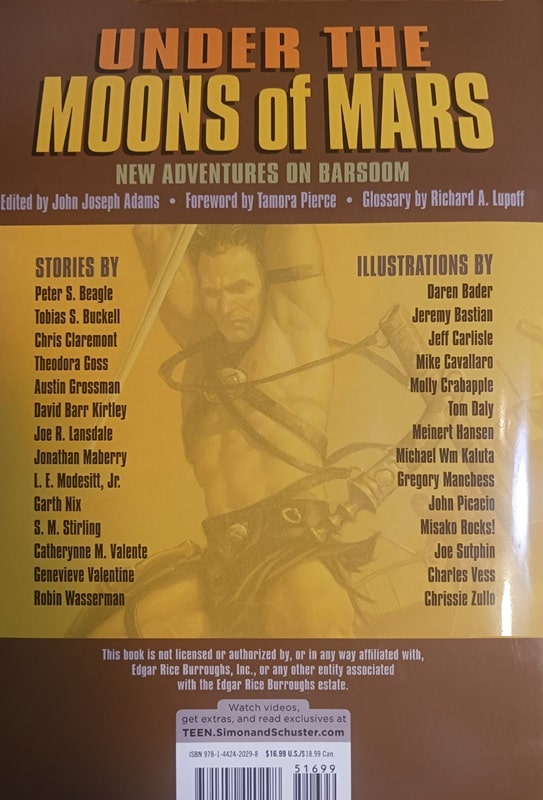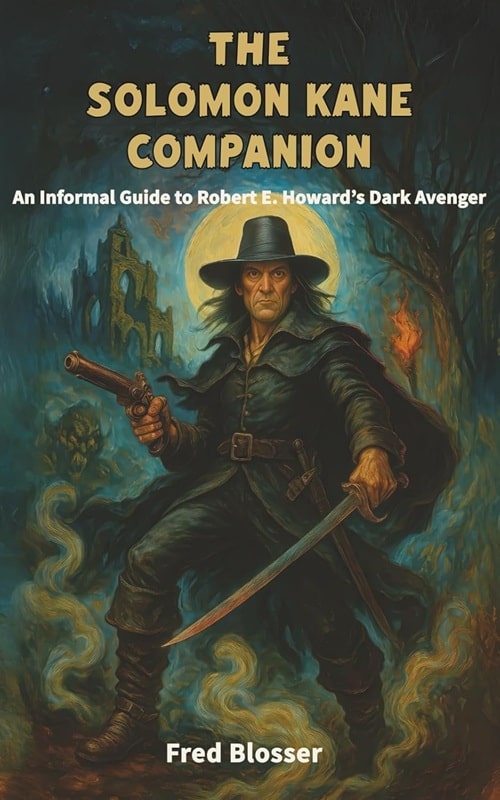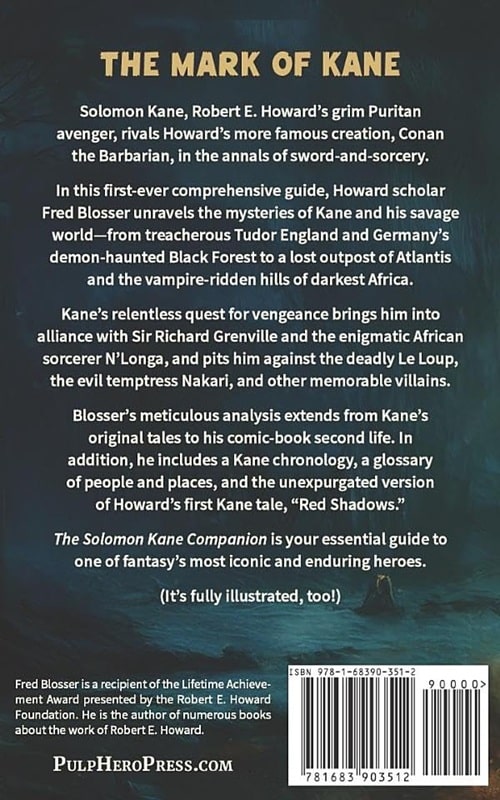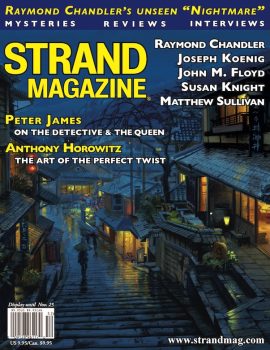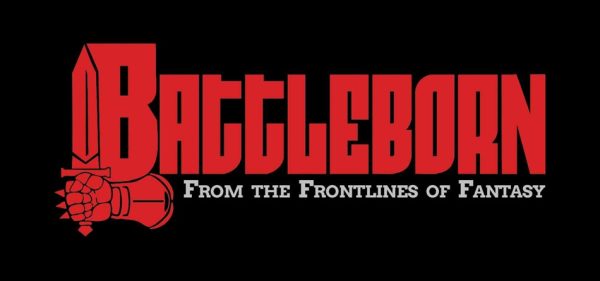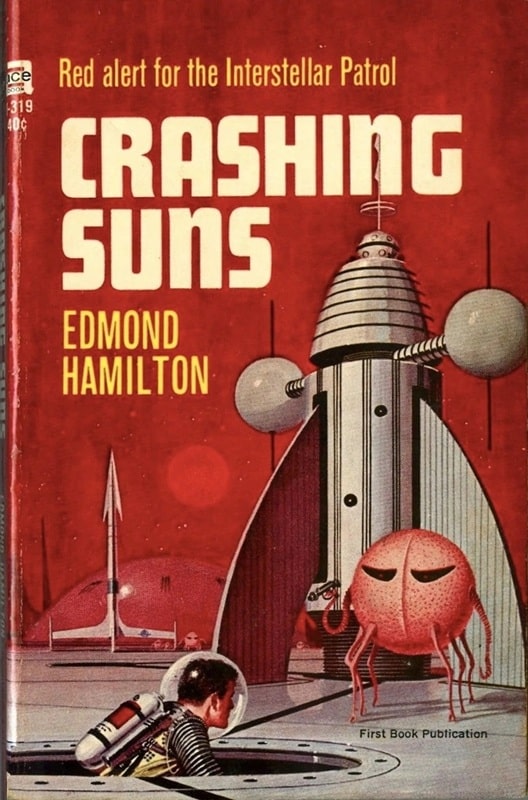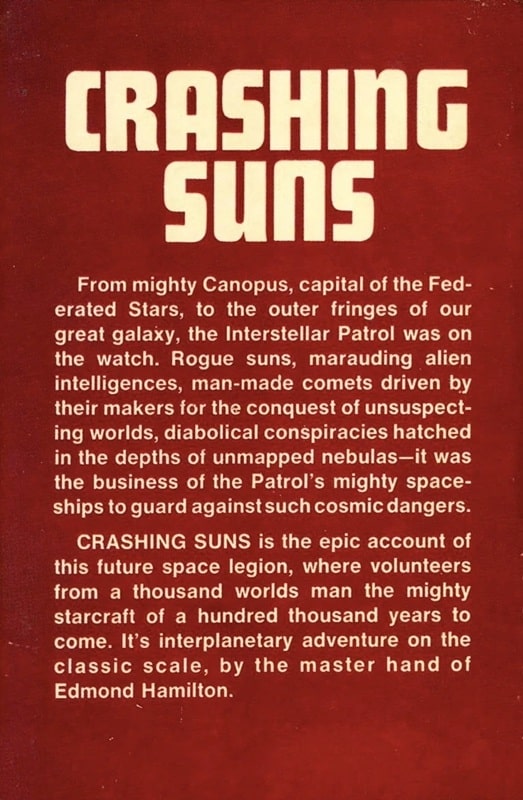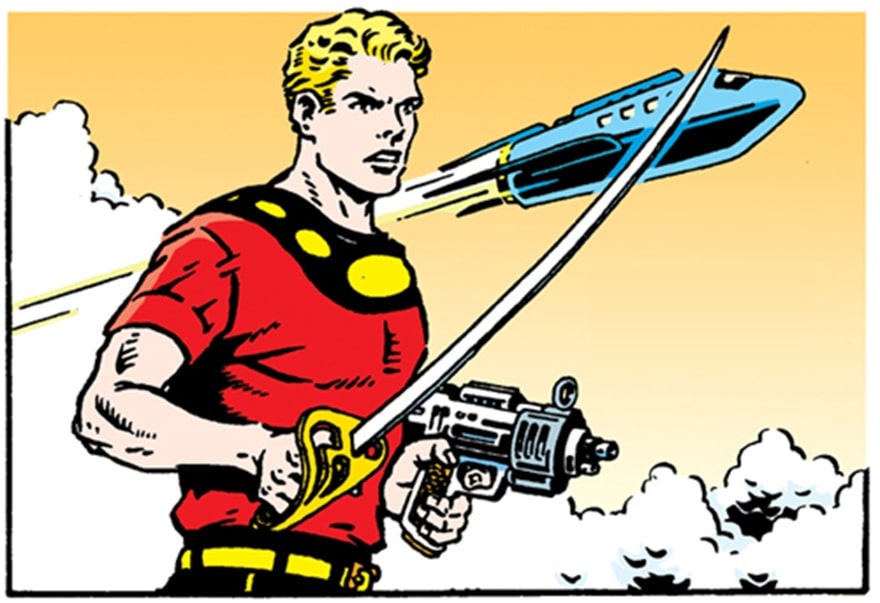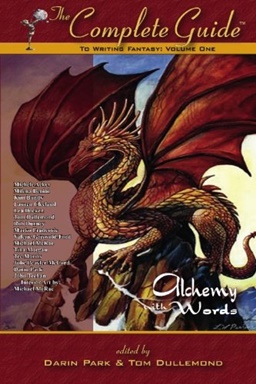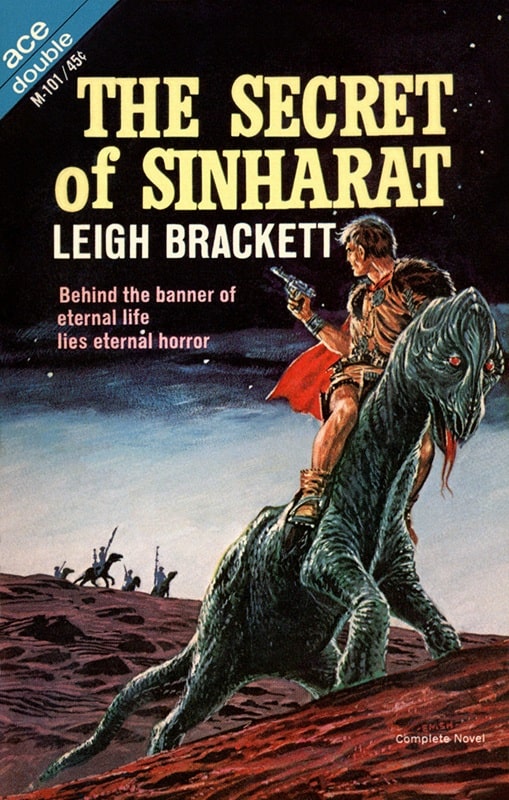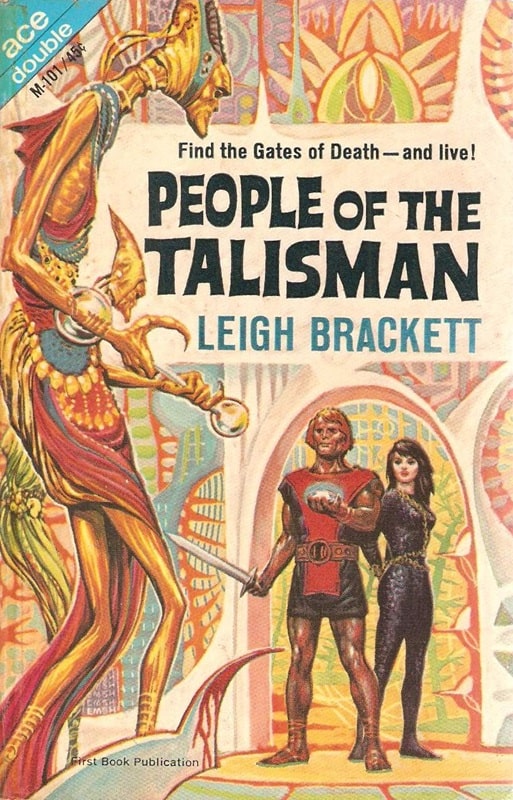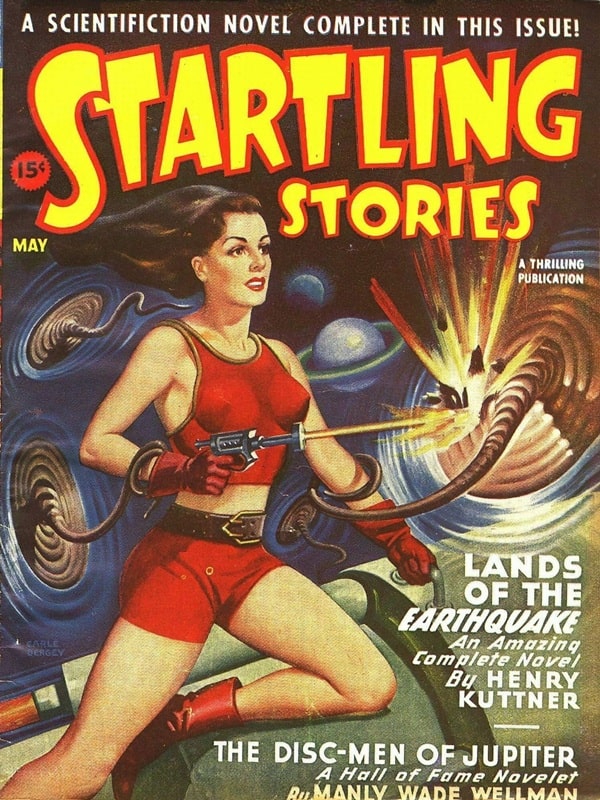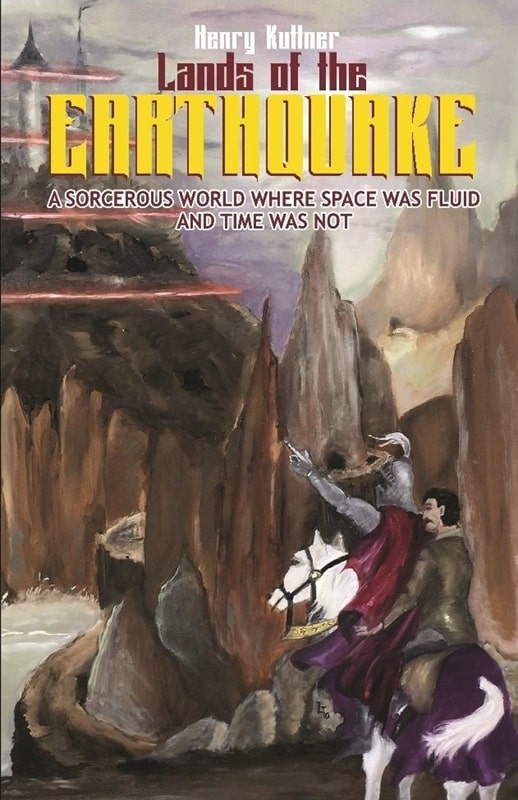A (Black) Gat in the Hand: Will Murray on Dash(iell) and (Lester) Dent
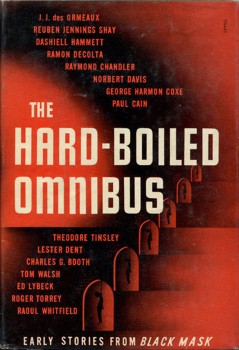 Frequent guest columnist, New Pulp maven Will Murray, is back with more speculation: this time linking about the two biggest names in Pulp. Was Dashiell Hammett a Lester Dent fan? Well, let’s find out!
Frequent guest columnist, New Pulp maven Will Murray, is back with more speculation: this time linking about the two biggest names in Pulp. Was Dashiell Hammett a Lester Dent fan? Well, let’s find out!
The so-called Pulp Jungle, as Frank Gruber once called it, was a densely populated wonderland, at least insofar the greatest concentration of pulp magazine writers lived in or in close proximity to New York City, where most of the publishers were established.
Late in life, Theodore Tinsley, a regular contributor to Black Mask, The Shadow, as well as numerous other top pulp titles, recalled:
“Pulpland seems a strange, purple-clouded island, in a warm sea somewhere far off, where some of the damnedest elves and goblins I ever met used to say and do strange things, especially when drunk.”
Thanks in part to the American Fiction Guild, a writer’s association which flourished during the 1930s, a great many of these writers and their editors convened for Friday luncheon gatherings at Rosoff’s restaurant on 43rd Street. They socialized, vacationed together, dated, and even married. It was virtually a subculture delineated and confined by a common vocational focus.
Others, scattered throughout the country, kept in touch by letter. But not everyone knew everyone else, except possibly by reputation.
